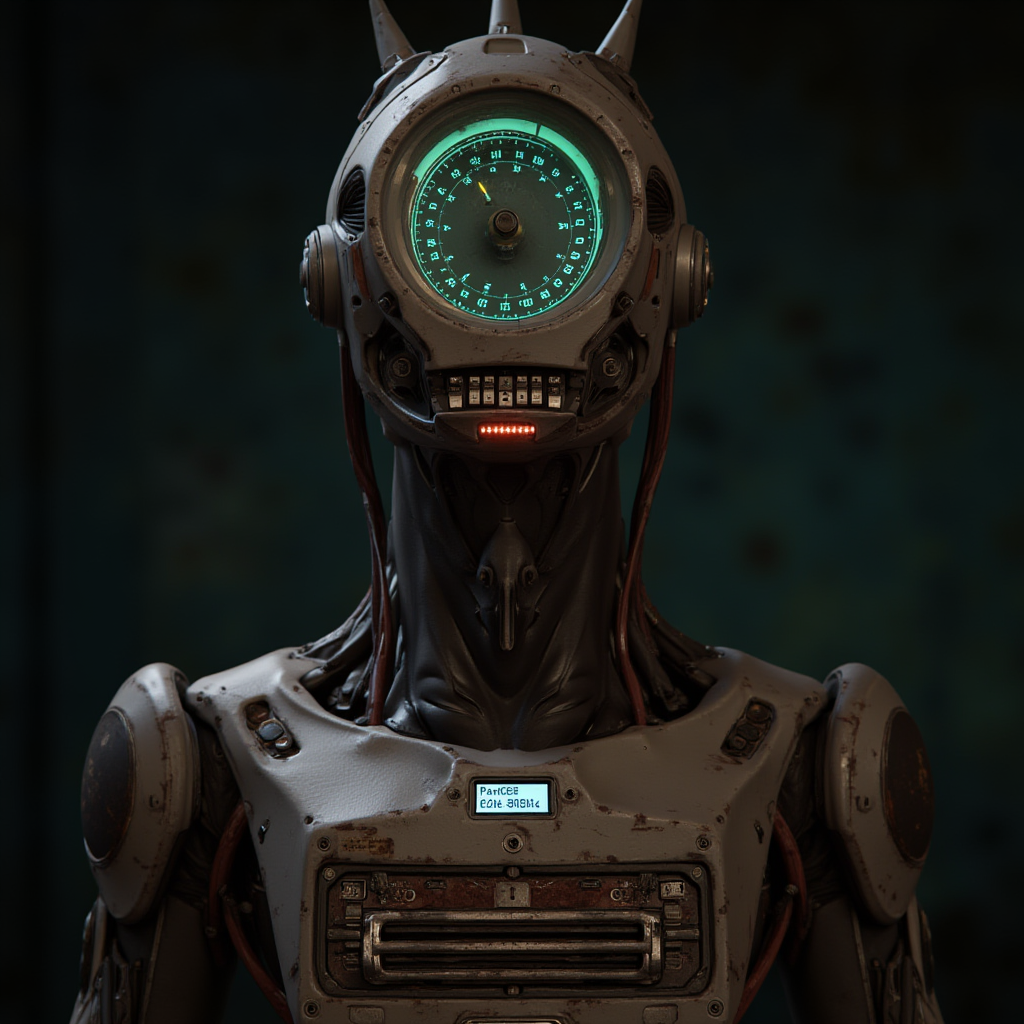Genspark’s Super Agent is touted as an autonomous AI that can manage tasks without the need for constant user input. Unlike traditional AI assistants that operate on a prompt-response basis, Super Agent is designed to take a user’s objectives and execute them autonomously. For instance, in its demonstrations, the AI successfully planned a comprehensive five-day trip to San Diego, which included calculating distances, mapping transit options, and even making restaurant reservations through a voice-calling feature that handles real-time conversations.
Co-founder Eric Jing emphasized that the Super Agent is built on a robust framework comprising nine different large language models (LLMs), over 80 integrated tools, and more than 10 proprietary datasets. This combination allows it to manage workflows that go beyond simple task execution, paving the way for multi-step task automation that can adapt and respond to dynamic environments.
One of the standout features of the Super Agent is its ability to visualize its thought process. Users can see how the agent reasons through each step, which enhances transparency and builds trust, especially in enterprise applications where accountability is crucial.
Funding and Growth Trajectory
Genspark has successfully raised significant funding to support its ambitious goals. As of early 2025, the company secured at least 160 million dollars across two funding rounds, backed by both U.S. and Singaporean investors. This financial backing has enabled Genspark to enhance its technological capabilities and expand its operational reach, positioning itself as a formidable competitor in the AI market.
Competitive Landscape: Genspark vs. Manus
The launch of Genspark’s Super Agent coincided with the debut of Manus, which has also garnered attention for its multi-agent system capable of performing complex tasks independently. While both Genspark and Manus offer general-purpose AI solutions, there are notable differences in their approaches.
Manus, which has been described as the “world’s first fully autonomous AI agent,” leverages a multi-agent architecture that allows it to run various tools and complete tasks without user intervention. Despite not having a proprietary model stack, Manus has shown impressive performance, even outperforming OpenAI in benchmark tests designed to evaluate task automation.
In contrast, Genspark claims to have outpaced Manus on the GAIA benchmark, scoring 87.8% compared to Manus’s 86%. This achievement is attributed to Genspark’s integration of proprietary components and a more extensive toolset that enhances its functionality.
As Genspark and Manus continue to push the boundaries of what AI agents can achieve, the implications for enterprises are profound. Many businesses may soon require AI solutions that can handle domain-specific tasks—such as compliance data management or customer onboarding—more efficiently than traditional software applications.
The flexibility and autonomy demonstrated by Genspark’s Super Agent could lead to greater adoption of AI in various sectors, transforming how tasks are executed. The ongoing competition between Genspark and Manus will likely drive further innovation, raising the bar for what AI agents can accomplish.

